Was your building’s elevator installed before 2009? If so, it will probably require the installation of a door monitoring lock in order to be in compliance with a new regulation passed by the City.
New York City adopted the new rule to provide door lock monitoring to all residential buildings with automatic elevators following a series of elevator door-related deaths and injuries. This work must be completed by January 1, 2020 -- which is right around the corner -- and it’s forcing local elevator companies to work around the clock to meet that deadline.
Background
The regulation is in compliance with recommendations made by the American Society of Mechanical Engineers (ASME) back in 2002. During the period when the policy was under consideration and being adopted, the New York City Fire Department (FDNY) reviewed the proposal and had concerns about how it might affect firefighting. As a result, the plan was revised to include a fire service bypass to allay the Department's concerns.
Aside from considering when your elevator was installed (newer elevators installed around or after 2009 most likely feature a circuit that stops the elevator when the door contacts are open, said ElevatorLab), controllers put into place before 1996 or with microprocessors more than 18 years old will almost certainly require an upgrade. Like any change to any NYC elevator, a permit is required for this work. Additionally, the work will need to be signed off by an engineer, architect or the controller manufacturer. These requirements are in effect to protect residents and ensure proper installation of the monitoring systems.
How Are Elevator Companies Responding?
According to Joseph Corrado, Executive Vice President of Champion Elevator Corp. in New York City, the new regulation is “creating something of a backlog” for elevator firms. Not that he’s complaining. Elevator companies, he explains, tend to have several departments that handle specific types of work. Typically, these departments include maintenance, repair, modernization, violations, and construction. Corrado’s firm has created a new department for door lock monitoring. “Prior to the enactment of this regulation we rarely had requests for [monitoring technology]. People do that work which is mandated.”
Kenneth Breglio, President of BP Elevator in the Bronx, concurs. “To a small degree there has been a staffing problem,” he says. “We’re a decent-sized company with 150 employees, so we can maneuver, but it has put stress on the operation. We are working Saturdays and Sundays to try to meet the demand.”
Breglio explains that building owners, including co-op and condo boards, are usually pretty receptive, and want to get their work completed before the deadline. “There are a tremendous amount of elevators out there. We try not to inconvenience the residents, so we do mostly surveying and engineering on the weekends.”
Typically, work requires a two-person team: one mechanic and one helper. Each installation is a two-day-per-elevator job. The number of floors in a building doesn’t have significant impact on the length of the job, but the number of elevators does. So a building with one elevator is usually a two-day job, explains Corrado, but a building with five elevators would take 10 days or more, or multiple teams to complete the job more quickly.
But not everything is going to be smooth sailing by the time the deadline comes around. “In a month or so,” says Breglio, “we will have to tell customers we may not be able to finish their work by January 1, 2020. The manufacturers are also backlogged. It’s like a snowball effect.” Meanwhile, the city has not indicated what penalties or other consequences non-compliant buildings may face.
Corrado says that while the work may be viewed as an inconvenience by many, it is for the best, and was the right response on the part of the City. Safety must always come first before cost and convenience.
AJ Sidransky is a staff writer at The Cooperator, and a published novelist.



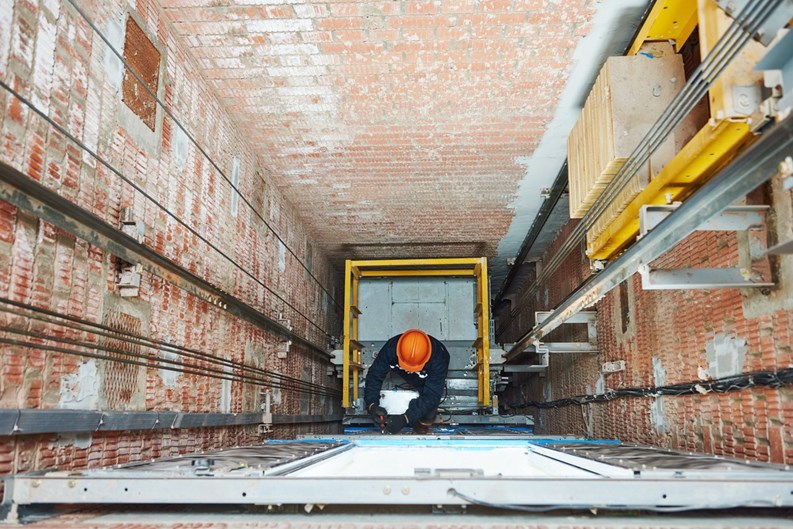
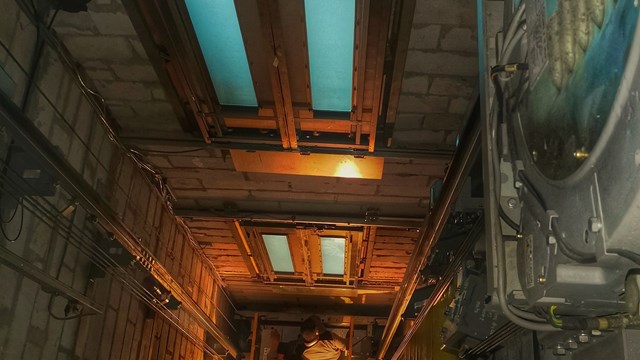

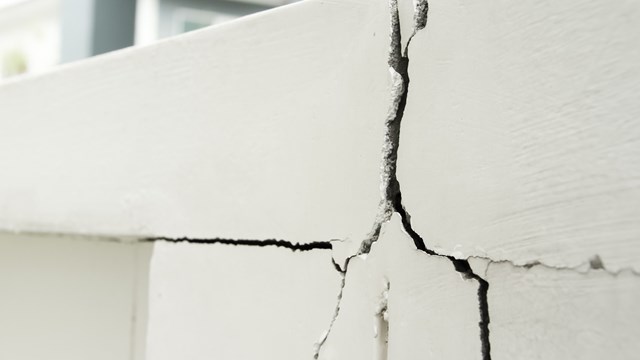
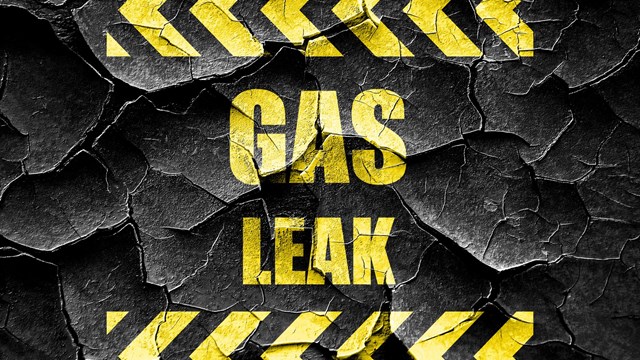
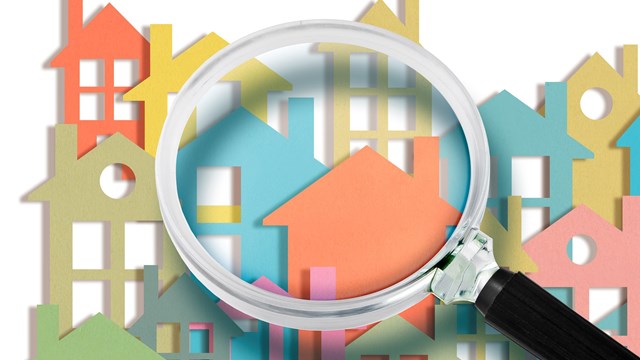

5 Comments
Leave a Comment